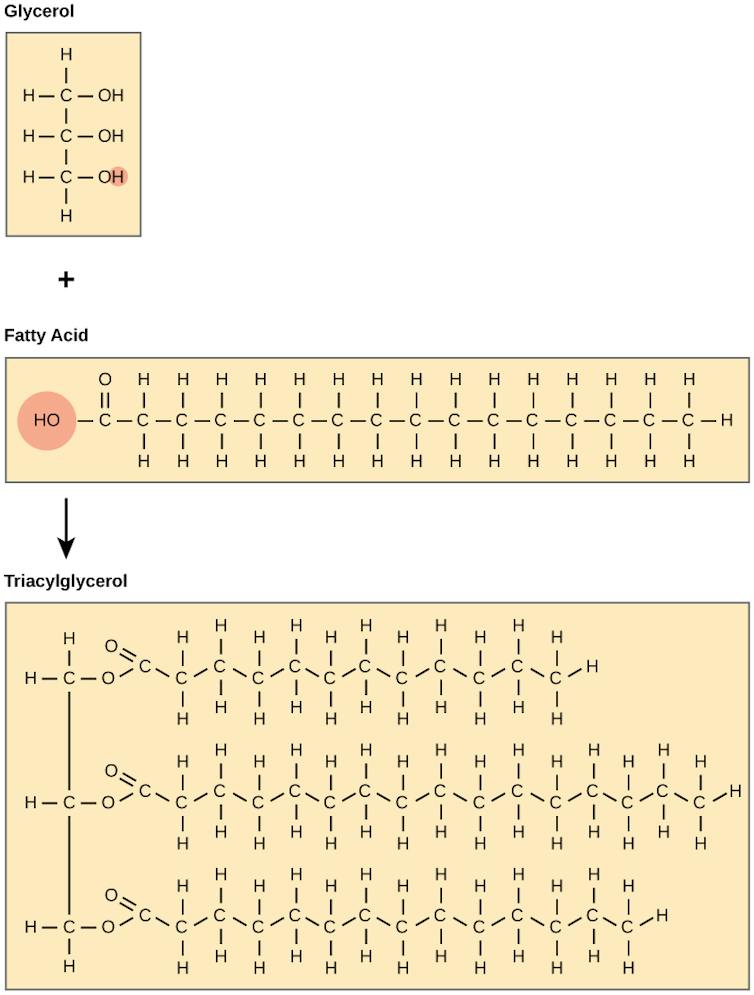The journey of aging brings with it an unavoidable reality for many: an increased accumulation of body fat. Though much of society seems mostly focused on the aesthetics of being overweight, doctors look past any cosmetic concerns to focus on the health implications of fat byproducts in the body.
Fatty acids are one of the molecular building blocks that make up fats. Though essential for various bodily functions, excessive amounts of fatty acids in the body can be harmful, shortening a person’s health span and life span by increasing their risk of chronic disease, disrupting metabolic processes and promoting inflammation.
Fatty acids are routinely checked during medical examinations, such as blood tests measuring your lipid profile. But clinicians and researchers often overlook the other key component of fat despite its potentially harmful effects: glycerol, a compound that links fatty acids to make a fat molecule.
Both of these fat byproducts disrupt cellular and organ function, mirroring the effects of aging. In fact, researchers are increasingly seeing obesity as a catalyst for accelerated aging.
The role that fats play in aging is one of the focuses of my work as a genomicist and biochemist. My research team and I wondered whether reducing harmful fat byproducts might help slow the aging process and consequently stave off common diseases.
Fats perform essential functions in your cells, but not all of them are good for you.
Breaking down fat byproducts
In studying ways to extend the life span and improving the health at late age of lab animals, my colleagues and I saw a consistent pattern: All the anti-aging interventions we tested led to reduced glycerol levels.
For instance, when placed on a calorie-restricted diet, the nematode Caenorhabditis elegans lives about 40% longer. We found that the glycerol levels in the body of these long-lived worms were lower than in shorter-lived worms that were not food restricted. Calorie restriction also heightened the activity of an enzyme responsible for breaking down glycerol, ADH-1, in their intestine and muscles.
We saw similar high ADH-1 activity levels in people undergoing dietary restriction or treated with an anti-aging drug called rapamycin. This finding suggests there may be a common mechanism underlying healthy aging across species, with ADH-1 at its core.

Triacylglycerols, also known as triglycerides, are composed of a glycerol linked to three fatty acids.
Lumen Learning (formerly Boundless) via LibreTexts, CC BY-SA
We hypothesized that elevated ADH-1 activity promotes health in old age by decreasing harmful levels of glycerol. Supporting this hypothesis were two critical observations. First, we found that adding glycerol to the diet of worms shortened their life span by 30%. By contrast, animals genetically modified to boost levels of the glycerol-busting enzyme…



